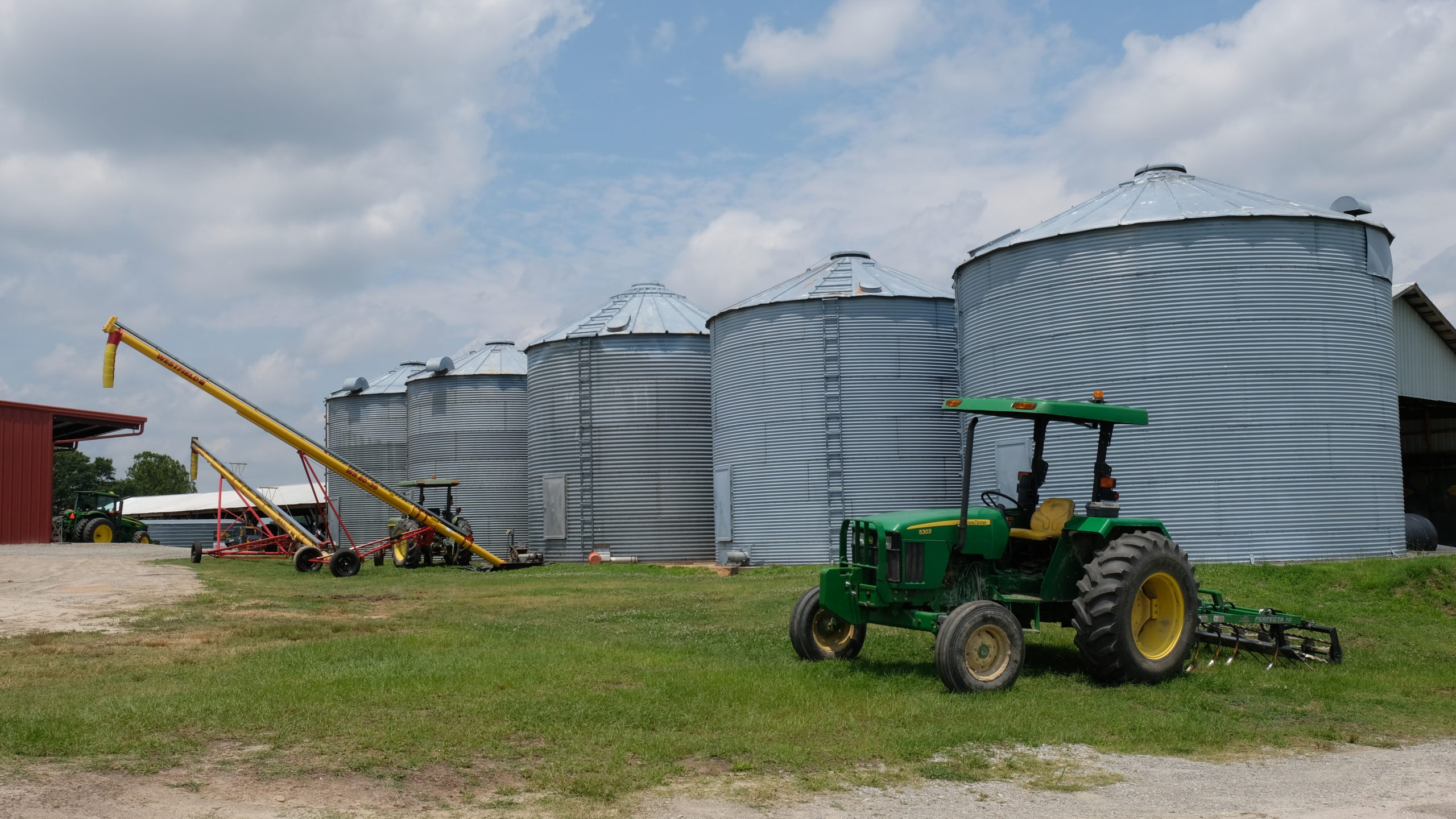By Aaron MacLeod, Hartwick College Center for Craft Food & Beverage
As spring weather brings warmer temperatures and thoughts turn to nurture the new crop of barley, it is also important to assess the condition of grain that has been in storage over winter. At harvest time, the grain was tested, met the grade, cleaned, and put in storage. Now you need to ensure that it is still suitable for malting. The safe storage time for barley depends on the moisture content and temperature of the grain.
Guidance charts, like the one below, show how these factors are related:

For example, while grain at 12% moisture may retain its viability for over two years at 50°F, at 68°F the period is reduced to 30 weeks, and at 80°F it may only be stored for 10 weeks. Generally, the safe storage time can be doubled for each 2% reduction in moisture content or 10°F reduction in temperature. Managing the moisture and temperature of stored grain using bin aeration is critical to maintaining its quality. A useful resource about drying and storage of barley can be found here.
Pre-harvest sprouting is another factor that reduces the safe storage time of barley. This typically occurs when mature grain is exposed to rainfall or extended cool, wet conditions prior to harvest which initiates germination in the grain while it is still in the field. Pre-germinated barley may still have sufficient germination energy to be malted successfully, but this ability is reduced over time, especially under poor storage conditions (i.e., high moisture and temperature).
Mild and moderate sprout damage is not easy to detect by visual inspection. Tests such as Rapid Visco Analysis (RVA) and Falling Number (FN) can be used to measure the degree of sprout damage and predict the risk of germination loss during storage. The test is based on the ability to measure the small amount of alpha-amylase which is produced at the onset of germination.
RVA > 120 (FN > 300) indicates that the grain is sound and the probability that it will retain germination during storage is high. RVA values between 50 and 120 (FN between 125 and 300) indicate the grain is moderately pre-germinated and the risk of germination loss is intermediate. The risk can be lowered if the grain is stored cool and dry. RVA < 50 (FN < 125) indicates severe pre-germination and the risk of losing germination during storage is high.
The germination characteristics of the grain can change during storage. It is important to monitor the germination properties of grain in storage on a regular basis and adjust your malting conditions accordingly.
When conducting a 4mL Germination Energy test, the number of kernels that germinate after just 24 hours is a valuable indicator of the grain’s vigor. This can be a leading indicator of how the grain will perform in the malthouse. Detailed procedures for germination tests can be found in the Guild’s Quality & Safety Manual.



You must be logged in to post a comment.